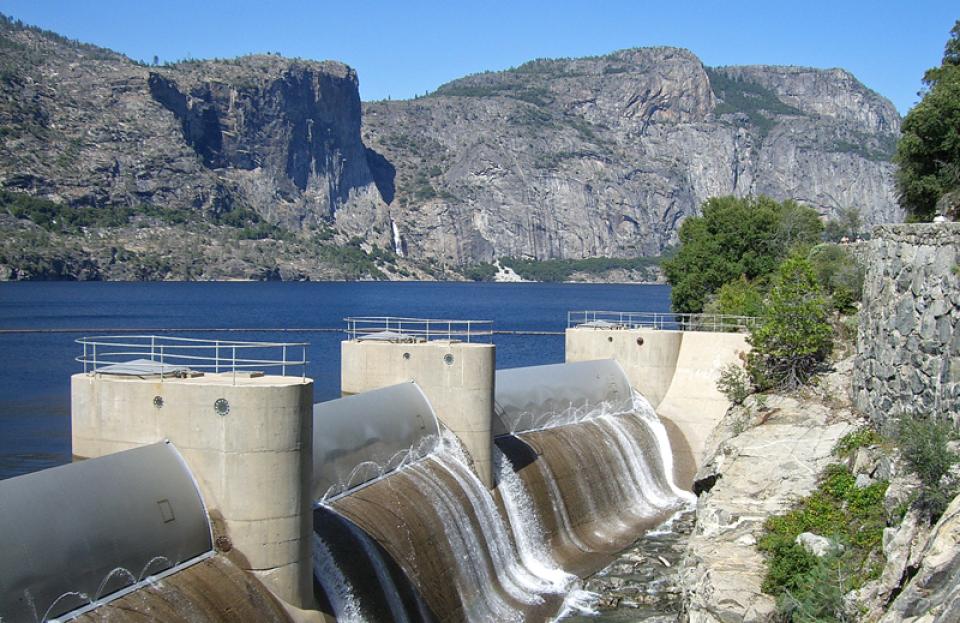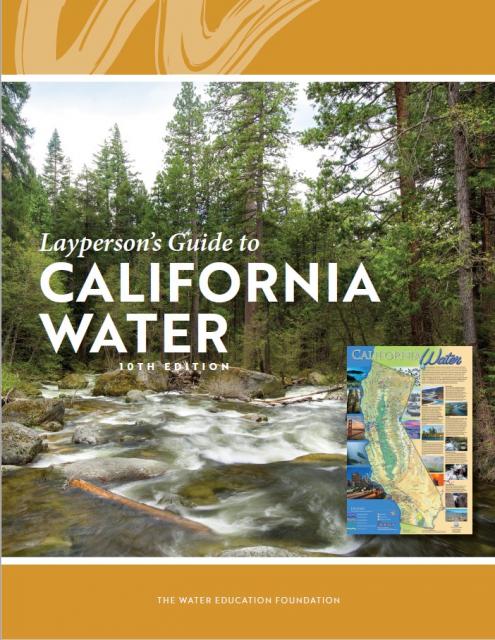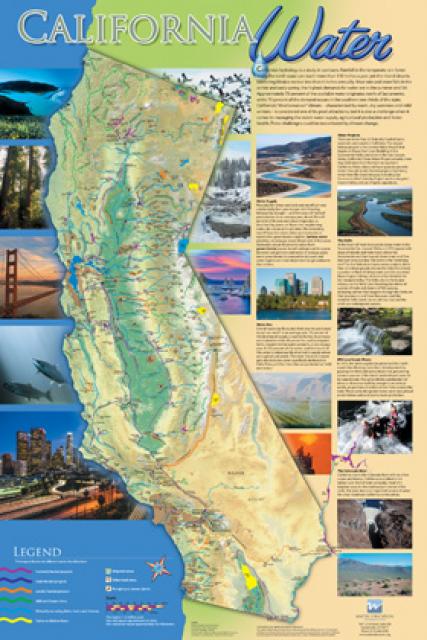Hetch Hetchy Reservoir and Water System
Hetch Hetchy – a Sierra Miwok word for a type of wild grass – is a valley in Yosemite National Park whose river was dammed to create a water supply for the San Francisco Bay Area. The O’Shaughnessy Dam on the Tuolumne River forms Hetch Hetchy Reservoir.
Owned by the city of San Francisco, Hetch Hetchy Reservoir provides water to 2.7 million residents and businesses in the San Francisco Bay Area.
Perched 3,900 feet above sea level, the reservoir’s snowmelt-fed water supply does not require filtration. The water is delivered by a gravity-based system and aqueduct to the Bay Area.
The reservoir can store as much as 117 billion gallons for the Hetch Hetchy Regional Water System, which serves San Francisco, Santa Clara, Alameda and San Mateo counties. Twenty of the San Francisco Public Utilities Commission’s 26 wholesale customers rely on the High Sierra reservoir for more than 60 percent of their drinking water.
Hetch Hetchy has generated controversy since it was first proposed as a source of water following the 1906 San Francisco earthquake. Congress had to approve the project because it would be in a national park, and it passed the Raker Act in 1913 to do so.
John Muir and the Sierra Club unsuccessfully fought the reservoir’s establishment because it required flooding a scenic mountain valley in a national park. O’Shaughnessy Dam was built in 1923 and various groups have lobbied over the decades to remove it and restore Hetch Hetchy Valley to its natural state.
San Francisco voters have opposed an alternative water and power source (Hetchy Hetchy also generates electricity for the city). They rejected a 2012 proposition that would have funded an $8 million study on how best to drain the valley. A separate vote would have been required on whether to demolish O’Shaughnessy Dam.
Different presidential administrations also have tried to address the issue, including of Franklin Delano Roosevelt, Ronald Reagan and George W. Bush. In 2007, the Bush administration tried funding a study on removing the dam and restoring the valley, but Sen. Dianne Feinstein, a former mayor of San Francisco serving on the Senate appropriations committee, killed the proposal.
A 2006 study published by Jay Lund, a professor at the University of California, Davis, and graduate student Sarah Null found the dam could be removed without much effect on the water supply, although removal would be costly because of lost hydropower generation for San Francisco and water drawn from other reservoirs would have to be treated.
Draining Hetch Hetchy without depriving Bay Area residents of their water supply would cost hundreds of millions of dollars at a minimum, according to the utilities commission.
The advocacy group Restore Hetch Hetchy took its case for draining the reservoir to court, arguing in 2015 that the reservoir violates the California Constitution — specifically the mandate within Article X, Section 2 that diversions for all water must be “reasonable.”
The question was, what constitutes “unreasonable method of diversion of water?” Restore Hetch Hetchy claimed the phrase had a broad meaning that had been previously applied in an environmental context. San Francisco maintained the phrase pertained only to water that was wasted, and there was no claim that the city wastes water, so it was a moot issue.
In 2016, a Tuolumne County Superior Court judge dismissed the lawsuit, saying the Raker Act preempted Restore Hetch Hetchy’s arguments. The judge also noted the provision of the state Constitution used to support the arguments to remove the dam was not passed until 1928 — five years after the dam was built.
Restore Hetch Hetchy’s subsequent appeal to the ruling was rejected by an appellate court and the California Supreme Court in 2018.











